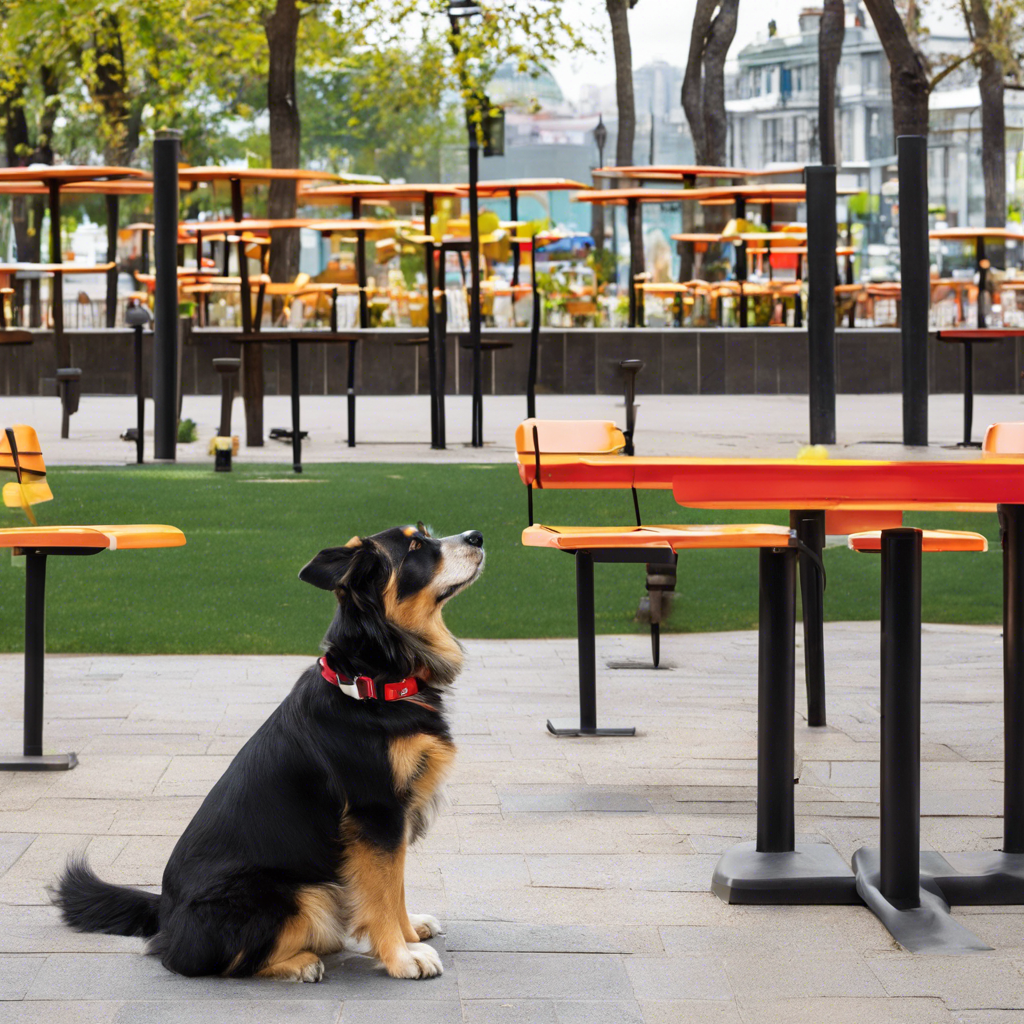Comparing pet-friendly public spaces: Parks, beaches, and cafes, offering unique experiences for owners and their pets.
In recent years, there has been a significant rise in the number of pet owners seeking pet-friendly public spaces where they can enjoy quality time with their furry companions. This trend has led to the creation and modification of various public spaces, including parks, beaches, and cafes, to accommodate pets and their owners. These spaces aim to provide an inclusive environment where pets are not just tolerated but welcomed. This article delves into a comparative study of such pet-friendly public areas, analyzing their unique features, benefits, and potential challenges.
The Rise of Pet-Friendly Parks
Pet-friendly parks have become a popular destination for pet owners seeking outdoor recreation with their pets. These parks often feature designated areas for dogs, such as off-leash zones, agility courses, and even dog-specific water features. For example, in Seattle, Washington, Magnuson Dog Park offers a vast off-leash area, a sandy beach, and a swimming area exclusively for dogs. This park’s unique features cater to the needs of dogs and their owners, providing an engaging and safe environment for play and exercise.
Magnuson Dog Park
This park showcases how pet-friendly spaces can enhance the quality of life for residents and visitors alike. It offers a sense of community for pet owners, fostering social connections and a shared love for pets. However, ensuring proper waste management and maintaining cleanliness can be a challenge in such parks, requiring dedicated efforts from both park authorities and visitors.
Unleashing Fun at Dog-Friendly Beaches
Dog-friendly beaches are another exciting development in the realm of pet-friendly public spaces. These beaches allow dogs to roam freely, offering them a unique experience of swimming and playing in the sand alongside their owners. One notable example is Dog Beach in Del Mar, California, which has gained popularity among local residents and tourists. This beach provides a spacious, open area for dogs to exercise and socialize, while also offering a breathtaking ocean view for owners to enjoy.
The Social Aspect of Pet-Friendly Cafes
Pet-friendly cafes are becoming increasingly popular, providing a unique social experience for pet owners. These cafes often offer designated pet-friendly areas, with some even providing specialized menus for pets. Java Beach Café in San Francisco, CA, is known for its dog-friendly atmosphere, offering treats for pets and a warm welcome for owners. These cafes foster a sense of community among pet enthusiasts, creating a vibrant social environment.
The Benefits and Challenges
Pet-friendly public spaces offer a multitude of benefits, including improved physical and mental health for both pets and owners, social connections, and a sense of community. These spaces encourage exercise, socialization, and overall well-being. However, there are also challenges to consider, such as maintaining cleanliness, managing pet behavior, and ensuring the safety of both pets and humans.
FAQs:
How do pet-friendly parks ensure safety for all visitors?
Pet-friendly parks typically have designated areas for dogs, including off-leash zones, to prevent any potential conflicts with other visitors. Waste management systems are also in place to maintain cleanliness.
Are there any restrictions on the type or size of dogs allowed in these spaces?
Some pet-friendly spaces may have specific guidelines regarding dog size or breed. It’s essential to check individual park or beach regulations before visiting.
Do pet-friendly cafes cater to different types of pets, or are they primarily dog-focused?
While many pet-friendly cafes primarily cater to dogs, some also welcome other types of pets, such as cats and small animals, with dedicated areas and treats.
Conclusion
The development of pet-friendly public spaces represents a significant shift in how societies accommodate the needs of pet owners and their beloved companions. From parks to beaches and cafes, these spaces offer unique experiences, fostering social connections and promoting active lifestyles. However, it is crucial to address challenges related to cleanliness, safety, and pet behavior to ensure these spaces remain enjoyable and accessible to all. As the trend continues to grow, pet owners can look forward to more diverse and inclusive public spaces that cater to their furry friends.
